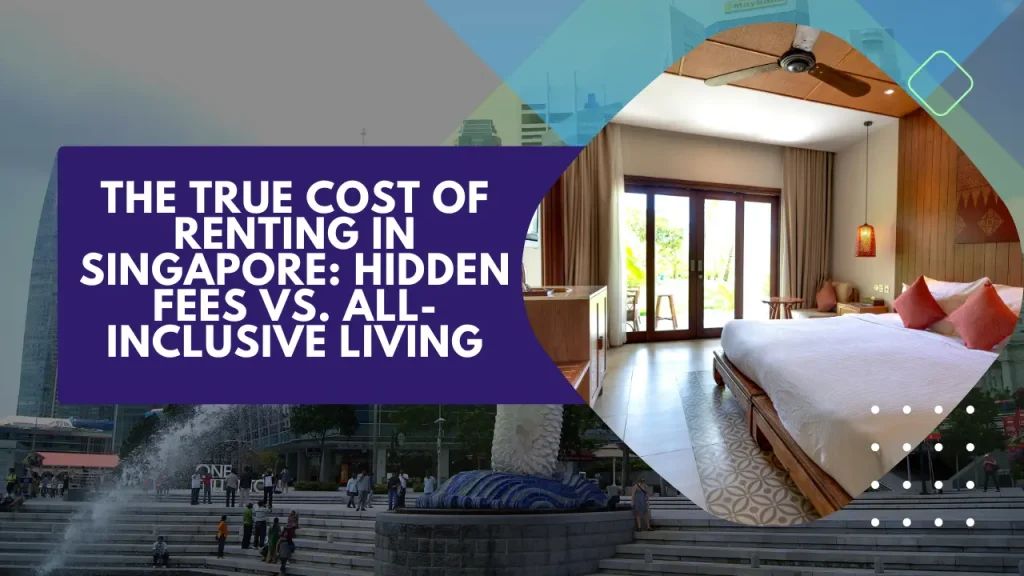When you are scrolling through property portals, seeing a room listed for S$1,000 might look like a total steal. You probably do the mental math and think it fits perfectly into your budget.
But experienced Singapore renters know better. In my experience, the “asking price” is rarely the final number leaving your bank account. Between variable costs and maintenance clauses, a “cheap” room can quickly become an expensive burden. Based on recent market insights, here is why I think your budget spreadsheet might be wrong and how to fix it.
The “Hidden” Costs of Traditional Renting
If you sign a standard Tenancy Agreement for a room, you are often signing up for several ancillary costs that are not advertised.
First, let’s talk about utilities. In many shared apartments, electricity and water bills are split among tenants. With rising energy tariffs in Singapore, this can easily add S$100 to S$150 to your monthly outflow. If a housemate leaves the aircon on 24/7, your bill goes up too.
Then there are WiFi contracts. If the apartment doesn’t have internet, you will be locked into a 2-year contract with an ISP which usually costs S$40 to S$50 a month.
Aircon servicing is another common surprise for foreigners. You are legally contractually obliged to service your AC unit every 3 months. That is an extra S$30 to S$50 quarterly per unit.
Finally, there are minor repair clauses. Most contracts state the tenant is responsible for the first S$150 to S$200 of any repair, such as a broken tap or washing machine part.
Calculating the Real Upfront Cash
To move into a traditional unit, you typically need one month of advance rent and two months of security deposit for a 2-year lease. You also need to pay Stamp Duty fees. On top of that, many “cheaper” rooms come unfurnished. Buying a bed, mattress, desk, and wardrobe can set you back over S$1,500 upfront.
How to Cap Your Spending
To avoid fluctuating costs and protect their savings, I see many savvy renters switching to managed co-living solutions. If you are calculating the total cost of renting a room in Singapore, you will find that all-inclusive options often provide significantly better value.
Brands like Cove offer a transparent model that budget-conscious renters love which is one fixed monthly bill.
This single payment covers your rent, capped utilities, high-speed WiFi, and even weekly housekeeping. There are no surprise repair costs for the washing machine, no arguments over who used more electricity, and no need to buy furniture.
When I factor in the cost of furnishing a room and the monthly admin fees of a traditional rental, Cove often works out to be the smarter financial choice. It allows you to lock in your monthly expenditure exactly, giving you peace of mind to enjoy the rest of your salary.

